Before Black Panther, before the MCU, a Black vampire in a leather coat redefined the codes of superhero cinema. In 1998, Blade, carried by a possessed Wesley Snipes, saved Marvel from bankruptcy and imposed a visual, narrative, and political style still unmatched. As a smooth, formatted reboot looms, let’s look back at a cult work, as sharp as it is prophetic.
Blade : the vampire who saved Marvel (and whom the MCU will never be able to match)
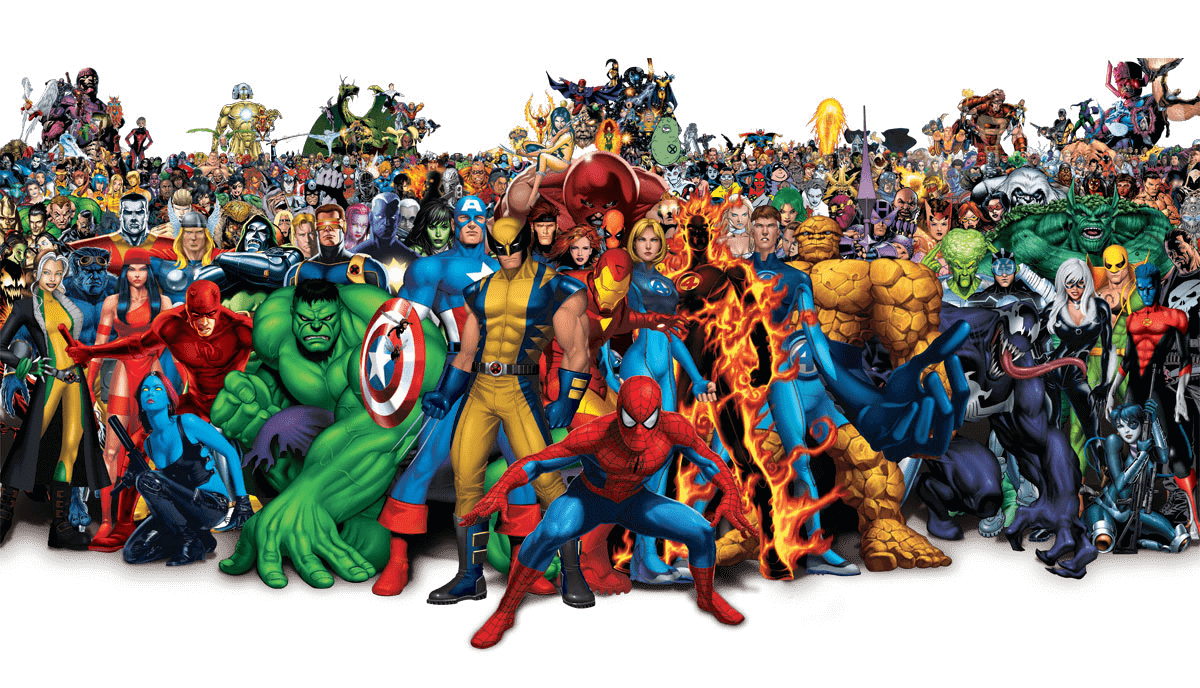
We’re in 1998. It’s a time of scarcity at Marvel. The company, once the temple of superheroes, is on the brink of bankruptcy. It has pawned its jewels: Spider-Man to Sony, X-Men to Fox, the Fantastic Four scattered like forgotten artifacts. The dream of a unified cinematic universe isn’t even an idea. It’s an impossibility.
The superhero genre itself is in a clinical coma. Batman & Robin (1997), flashy and grotesque, finished ridiculing capes and tights. Hollywood scoffs. Producers look away. Heroes are said to be “too colorful,” “too childish,” “too comic book.” No one wants to believe in them.
Yet. Amid the turmoil of a Hollywood system with senile certainties, an insane project emerges from the shadows. It’s called Blade. An outsider in the Marvel pantheon. Neither Avenger, nor mutant, nor billionaire genius. Just a man. Black. Half-vampire. Armed with a sword and an unblinking gaze.
Blade is a countercurrent bet, almost suicidal. A gothic action film, rated R (restricted). Made for 45 million dollars, it grosses over 130 worldwide. A meteoric success. But above all, a turning point.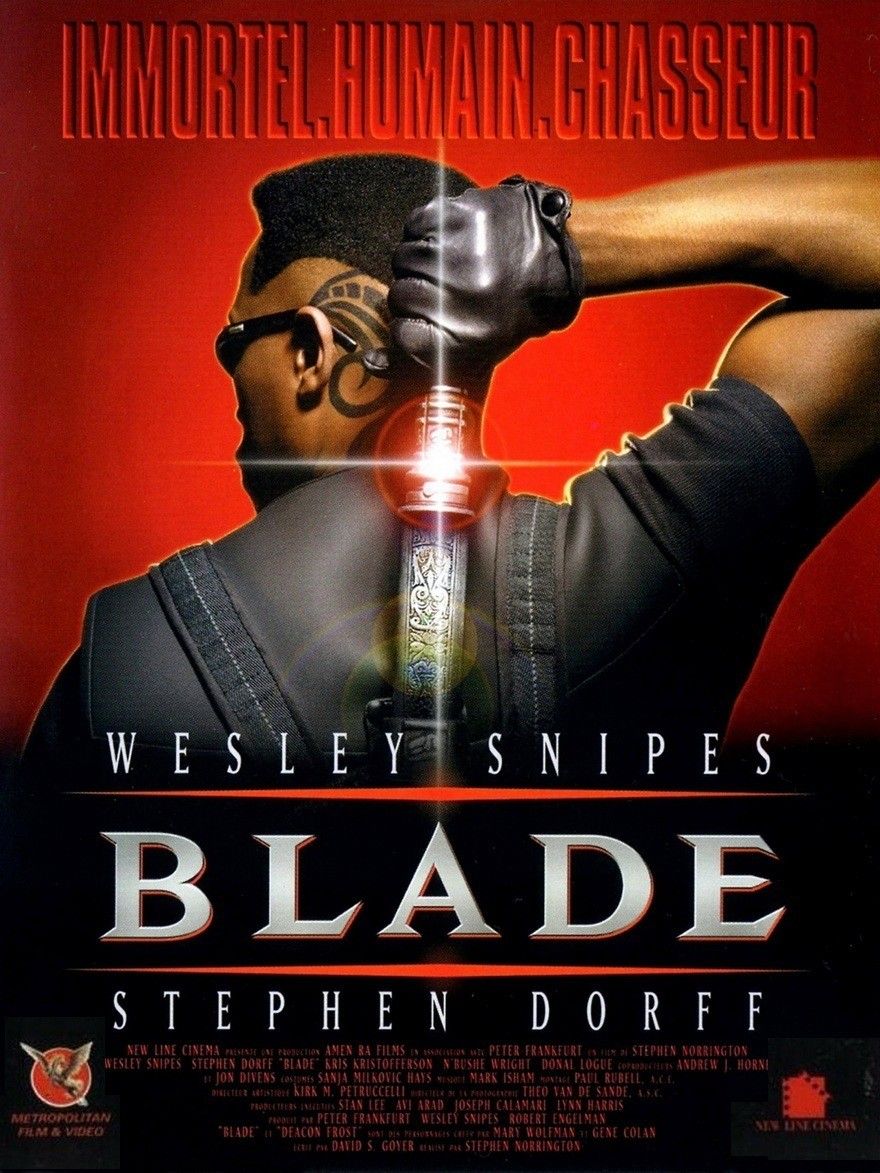
Blade is more than a good movie. It is the manifesto of a rebirth. It proves that a Marvel hero can triumph on the big screen without dilution. That a character unknown to the general public can bring people together. And that the public is ready (yes, ready) to follow a dark, violent, African-American antihero on a visceral hunt.
Before Iron Man, there was Blade. Before Kevin Feige, there was Wesley Snipes. The MCU would officially be born ten years later, but the fire, it started in a Los Angeles nightclub, flooded with blood and BPM.
Blade doesn’t just redefine the codes. It overturns hierarchies. Here, no planetary rescue in lycra tights. No family punchlines. Blade is a lone wolf. He doesn’t smile. He cuts. He exorcises post-90s America, riddled with urban fears, nocturnal fevers, and post-cyberpunk bursts.
And then, there is the style. Blade inaugurates an aesthetic (black leather, pale neon, meticulous choreography) that will directly influence films like The Matrix (1999). It’s no coincidence: the Wachowskis will cite Blade as a visual reference. Action cinema enters a new era, more visceral, more stylized, darker.
Blade, in short, is the missing link between 80s exploitation cinema and the millennial blockbuster. It’s the baptism by fire of a studio that doesn’t know it yet, but is about to conquer the world.
And it’s a Black man, armed with a blade, who was its pioneer.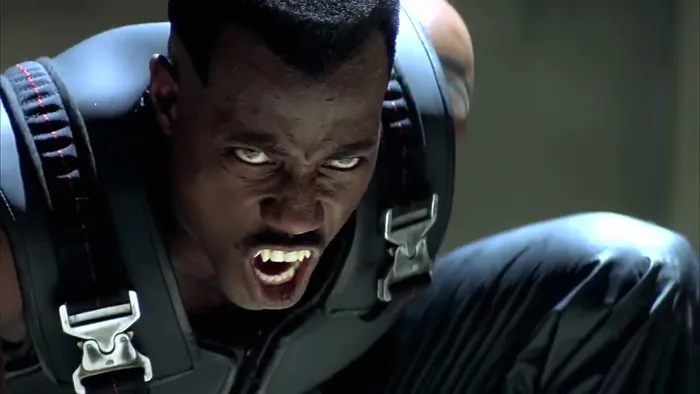
Blade is Wesley Snipes. And Wesley Snipes is Blade. That’s not a stylistic flourish. It’s a historical fact. An incarnation so total that it redefined the rules of acting in genre cinema.
When the role of Blade hits the table, no one else is considered. And for good reason: Wesley Snipes is not just an actor. He is a body, a blade, a stare. Already crowned with success in action classics like Demolition Man or Passenger 57, Snipes is also a true martial artist. He doesn’t fake combat: he composes it.

But beyond his physical abilities, it’s his psychological and symbolic commitment to the role that impresses. Snipes doesn’t play Blade; he becomes Blade. Literally. On set, he never steps out of character. He signs his notes “Blade,” speaks to the crew only through post-its, refuses to be seen without his dark glasses, without his long leather coat. Acting becomes a form of trance.
What some would call excess is, in reality, a radical gesture of cultural and aesthetic reappropriation. In an industry still hesitant to give a lead role to a Black actor (especially in a genre as codified as the superhero film), Snipes imposes a counter-power. He doesn’t beg to exist on screen. He imposes Blade as a tutelary, fierce, sovereign, indomitable figure.
Every movement, every line, every silence is measured. The language of the body becomes here a martial art in itself. The fight scenes (without stunt double, without CGI) are war choreographies where violence becomes dance, where rage becomes beauty. Spin kicks, sword feints, reversed daggers: Snipes turns every brawl into hemorrhagic calligraphy.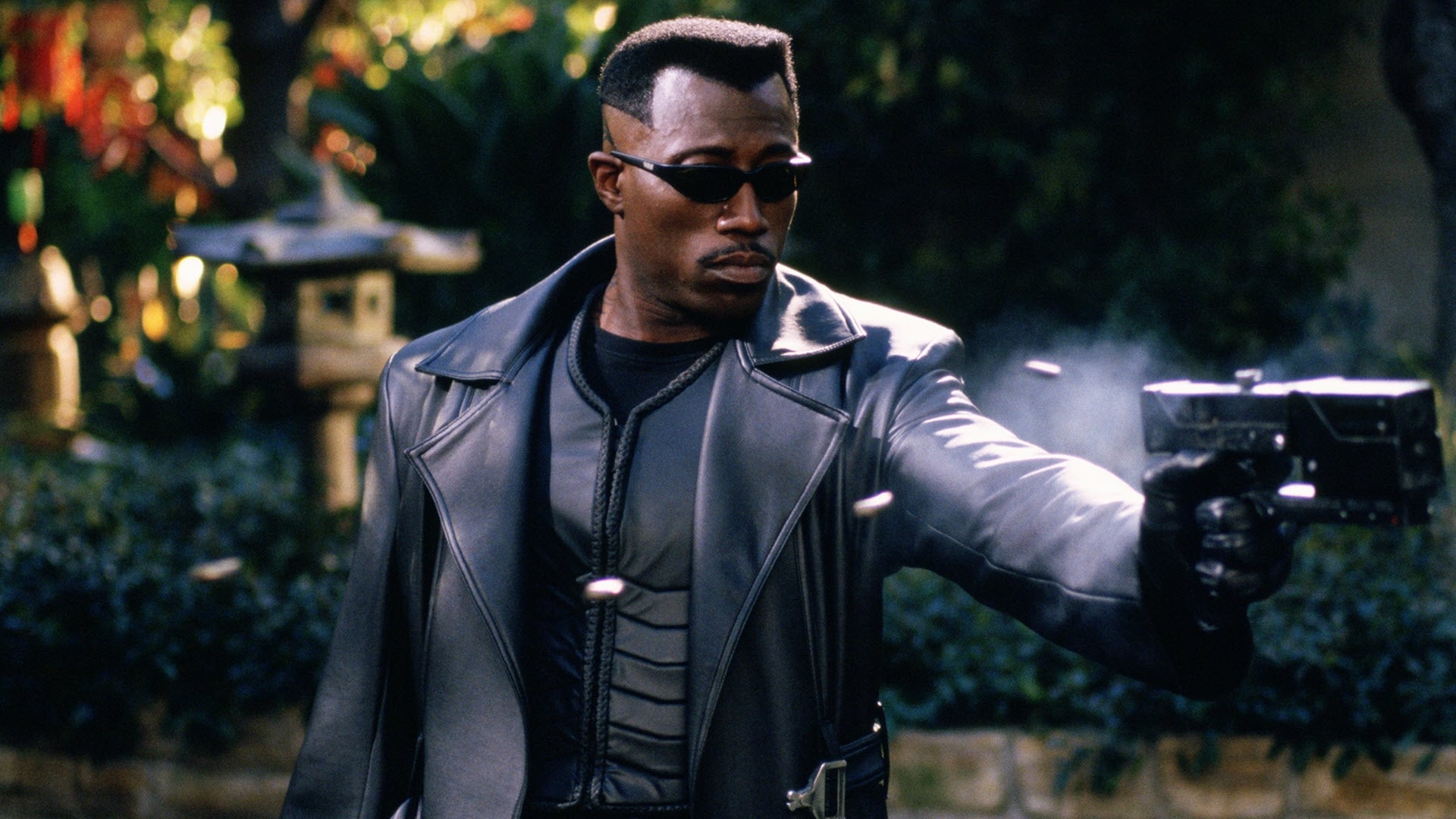
And then, there’s the attitude. That way of walking like a shadow, of appearing without a word, of killing without pity but without hate. Blade is not a classic vigilante. He has no slogan, no Disney morality. He is cold rage and millennial solitude. He is, as Fanon said of the colonized man, “neither quite dead, nor truly alive.”
Wesley Snipes understands this better than anyone. He turns Blade into an implicit political symbol: a Black body that resists, that strikes, that saves the world without receiving glory for it. A Black hero who does not wait for others’ approval to exist
In that, his performance is unmatched; and perhaps unmatchable. Marvel knows it. Fans know it. Even Mahershala Ali, though an immense actor, inherits a role he may never truly own. Because Blade, in the collective imagination, has the knife-carved face and low voice of Wesley Snipes.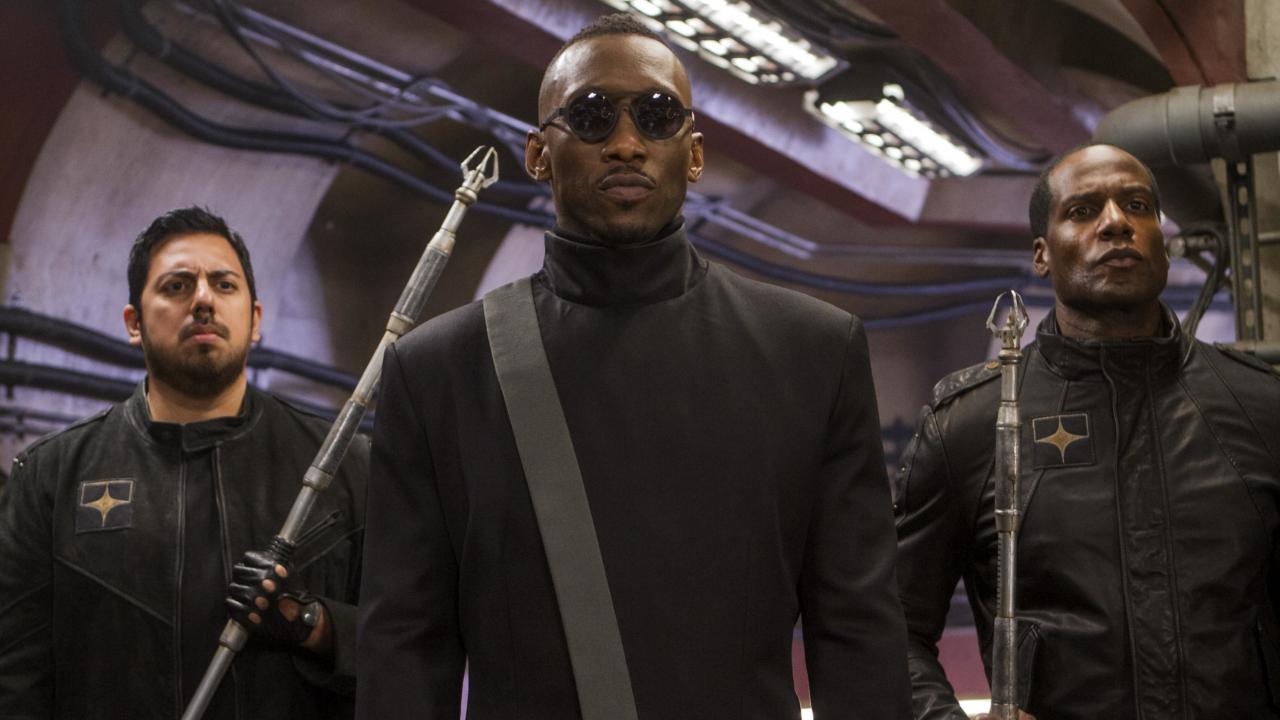
Twentieth Century Fox France / Twentieth Century Fox / Lightstorm Entertainment / Weta Digital
Genre cinema has undergone transformations. But rarely has an actor fused so completely with a myth. And rarely has a myth needed an actor so much to exist.
You don’t just need to kill vampires to enter the legend of cinema. You need to impose a signature. And Blade, from its first minutes, sears his in red iron. The opening scene has become a myth: a secret rave in a slaughterhouse, a techno beat pulsing like an artery, then, without warning; the rain of blood. Panic. Chaos. And suddenly, Blade appears. In silence. Motionless. He watches. And strikes. With one stroke of the blade, he silences the anarchy. He is order in the storm.
That scene says it all. We are no longer in an action movie. We are in a manifesto-movie. Aesthetic, visual, sonic, narrative. A revolution.
Blade is neither a western, nor a horror movie, nor a cyberpunk work. He is all of that at once. It’s a gothic urban western, where the lone cowboy wields a sword instead of a colt, where the saloons are nightclubs infested with creatures of the night. It’s a horror film rewritten with acid, where vampire mythology isn’t reduced to a morbid romance but restored to its organic, tribal, carnivorous violence. And it’s a dark science-fiction film, a mechanical ballet where shadows dance to the rhythm of industrial beats and pale neon.
The cinematography is sharp. Desaturated colors, cut contrasts, deliberately expressionist lighting effects: each shot seems thought of as a painting. Director Stephen Norrington, supported by cinematographer Theo van de Sande, summons the chiaroscuro of film noir, the stylization of Japanese manga, and the visual universe of emerging video games. It’s Ghost in the Shell crossed with The Crow, and a touch of Akira. It’s leather, chrome, blood. It’s Blade.


But the genius of this aesthetic is that it becomes narrative. It’s not cosmetic. The style is the message. Blade’s silence, his martial gestures, his shadow-like movements, everything contributes to building a visual mythology. He doesn’t speak. He slices. He doesn’t fly. He projects. He doesn’t seduce. He strikes. His body becomes a language. His blade, a syntax.
And this syntax will be copied. Matrix, released a year later, is directly inspired by Blade, as the Wachowskis have admitted. Same outfits, same combat stylization, same philosophy of lethal cool. Then came Underworld, and later, John Wick; same love of leather, of pure gesture, of choreographed murder.


Blade is the matrix, literally. A source film. A founding artifact of post-1998 action cinema. Where superheroes were still kitsch, Blade introduces darkness, gravity, brutal minimalism. He creates a bridge between comic book and auteur cinema, between gore and stylized, between myth and contemporary.
And what’s even more striking is that Blade achieves all this even before the era of hegemonic CGI. Few digital effects. Many real stunts. A camera close to the ground, fluid, serving movement. The violence is visceral, the pace tense. People bleed for real. People die for real.
More than 25 years later, no film has truly reconciled so many genres with such elegance. Blade is Black at its peak. Black clothing. Black cinematography. Black mythology. And, above all, Black politics. A Black man, in a world of shadows, who lays down the law. Without shouting. Without trembling. Just with style.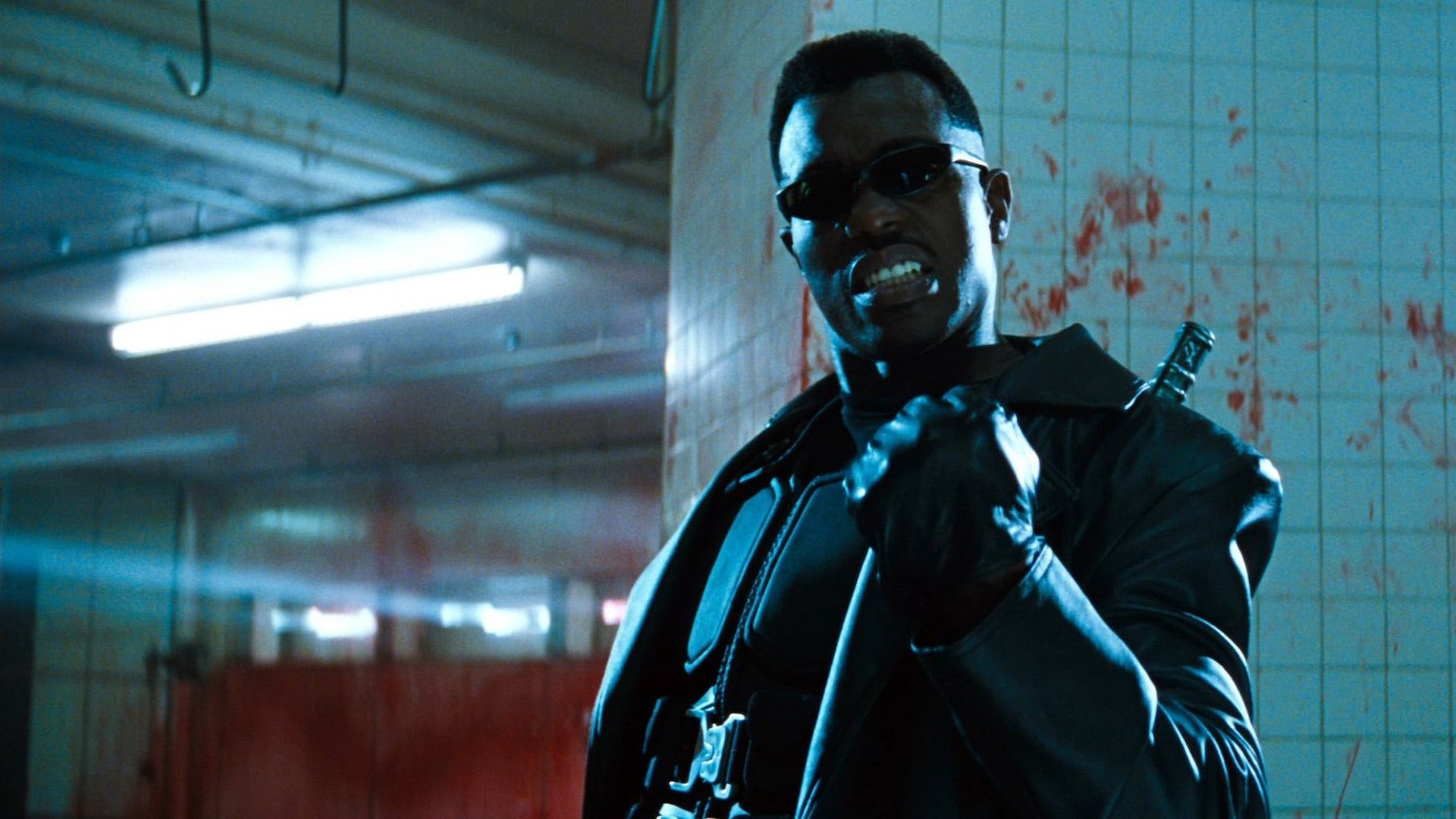
Blade is not just a dark hero. He is Black. And that’s crucial.
He is one of the first African-American heroes to lead a Hollywood blockbuster. No sidekick, no second role. He is the film. He is the force. He is the blood.
He paves the way for Black Panther, for Luke Cage, for a decolonized representation of Black power on screen.

He embodies a postmodern Africa, silent but sovereign, mystical yet technological.
Blade is a griot of the future armed with a sword.
History stammers, but Blade’s shadow doesn’t duplicate. Since Marvel Studios announced the reboot, fans have oscillated between feverish anticipation and bitter resignation. At the helm: Mahershala Ali, exceptional actor, double Oscar-winner, a respected figure in both indie and mainstream cinema. On paper, a flawless choice. In fact: a risky bet. A very risky one.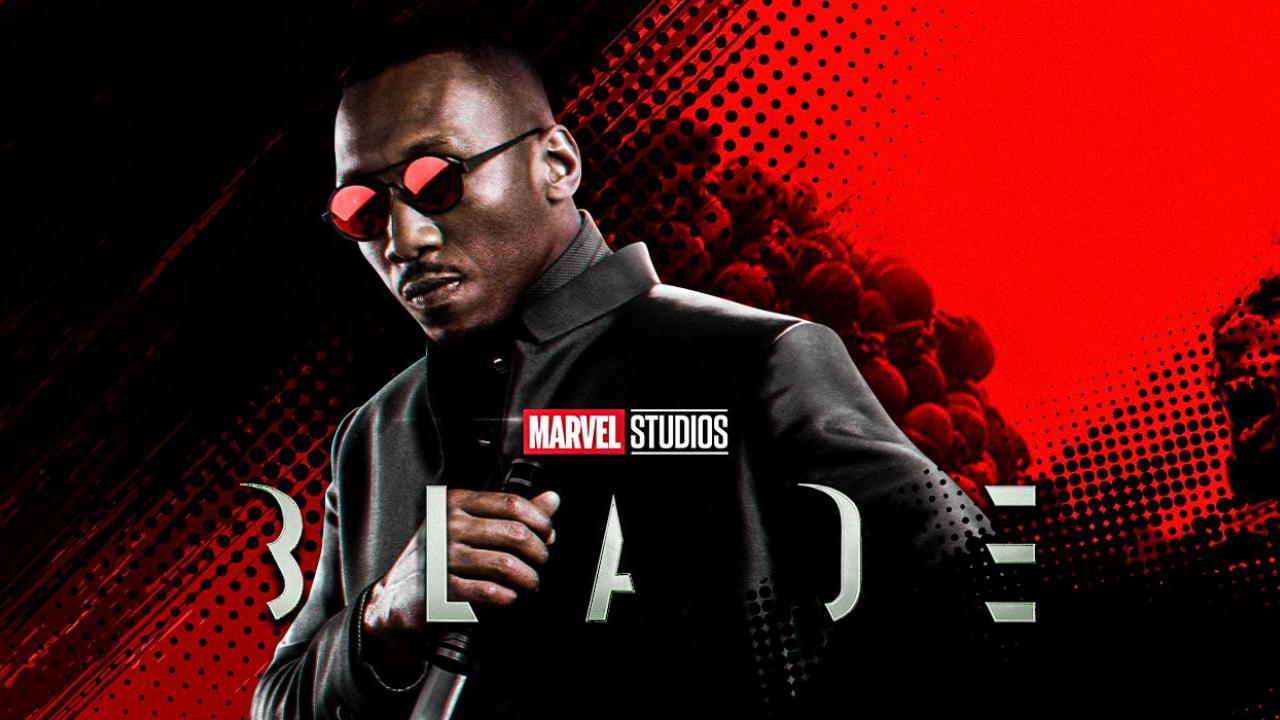
First problem: the rating. The film will be PG-13. In other words: no blood, no torn flesh, no real danger. Blade without his hemoglobin is not Blade. Because this character (half-man, half-vampire, all pent-up rage) exists only in excess, in fury, in frontal shock. The 1998 Blade, rated R, didn’t just shock: it set a standard, that of choreographed but visceral violence, stylized but organic.
Blade is a scream. A fire. A blade’s flash. To smooth it is to betray it.
Marvel Studios wants a Blade compatible with the connected universe, with winks, cameos, post-credit jokes. But Blade is not an Avenger. He doesn’t save the world. He cleans it. Alone, in the basements. In silence. He’s a tragic, taciturn, and solitary character. A dark knight à la Hamlet, not a cheerful New York vigilante. His story is dirty, painful, marked by self-hatred and loss. It’s that pain that makes his humanity.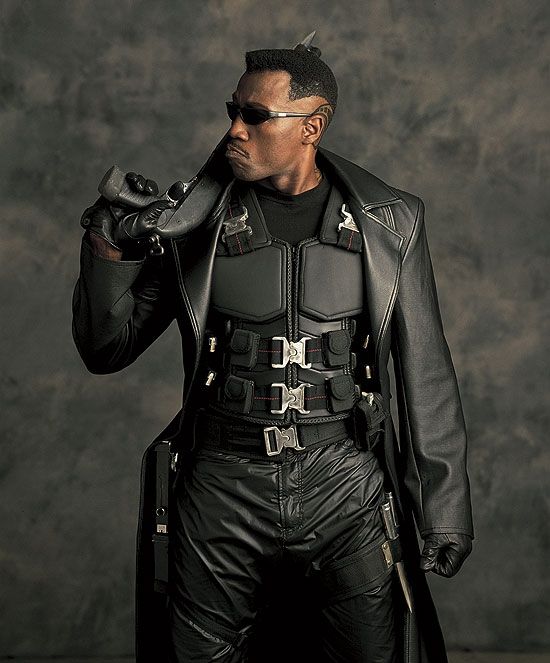
Second problem: the legacy. How do you succeed Wesley Snipes? It’s not just a question of acting. It’s a question of embodiment. Snipes didn’t play Blade. He breathed him. He was at once the muscle, the shape, the bearing, the anguish. He gave him a body, a movement, a presence that posterity struggles to match. The reboot, by opting for a radical shift in tone and form, risks appearing not innovative, but disembodied. An attempt at Blade without the soul of Blade.
Because deep down, Blade is not a Marvel character. He’s an anomaly. He doesn’t sell toys. He doesn’t crack jokes. He doesn’t pose for bright posters. Blade lives on the fringe, in the dark corridors of genre cinema that, in 1998, still dared to be subversive.
Today, in an ecosystem dominated by sanitized content, by the need to please everyone, Blade stands out. And that is exactly why he is essential.
The real danger of the reboot is not commercial failure. It’s the loss of the fire. It’s making a Blade without fire, without blood, without flames. A shell without venom. A shadow without fangs.
Blade cannot be reborn without roaring. If he returns, it must be to burn everything. Not to blink on Disney+.
It is rare for a film to make both History and shadow. Blade did it. He opened the way while staying in the margins.
His name is rarely mentioned at ceremonies, in genre anthologies, in the MCU’s “official” origins. Yet without him, Marvel might never have survived. He proved that a film could be Black, hard, R-rated — and triumph.
Blade is the missing link. The first scream. The sword strike in the omertà.
Today, as Marvel tries to resurrect him in a sanitized, PG-13 version, without blood or roughness, we can only remember: you don’t tame a myth with white gloves.
Blade never needed validation. Only a screen and silence. He is that voice from the depths, that cuts, and that remains. A legend the industry tried to mask, but that fans have never forgotten.
Because some heroes don’t shine. They burn.
Notes and References
Box Office Mojo – Blade (1998): The film grossed $131.2 million worldwide, on an estimated budget of $45 million.
Kevin Feige (Marvel Studios Producer) – at the Blade 20th Anniversary Retrospective Panel, San Diego Comic-Con 2018: “Without Blade, no studio would have let us produce Iron Man in 2008.”
Entertainment Weekly (1998) – Special feature “The New Dark Hero” about Blade.
Snipes, Wesley. Interview in The Guardian, 2004 – on his immersion in the character: “I was Blade. All day. Every day. No off switch.”
IGN – Behind the Scenes of Blade (2003): Testimonials from the crew on Wesley Snipes’s behavior during the filming of Blade: Trinity.
Norrington, Stephen (Director of Blade) – Collector DVD audio commentary: “Visually, we wanted to cross spaghetti western, cyberpunk, and sword film codes.”
Bordwell, David – The Visual Style of Post-1990s Action Films (2006): Academic study on Blade’s influence on The Matrix and Underworld.
Collider (2020) – Analysis of the Blade reboot with Mahershala Ali: concerns about PG-13 format and loss of intensity.
AFI Silver Theater Archives – 2000s Retrospective: Blade ranked among the 10 films that influenced 21st-century action cinema.
Vox – “The Forgotten Legacy of Blade”, 2021: Article rehabilitating Blade’s role in MCU history.
Critical essay in Black Noir: Cultural Identity and the Superhero Film (2022), Ed. Rutgers University Press.
Claude Ribbe (indirectly referenced interview) – On his approach to forgotten figures, and “memorial gesture” as political act in biographical writing.
Rotten Tomatoes – Blade (1998): Critical score of 88%, Audience score of 78%.
Variety Archives – Blade Review, 1998: “Wesley Snipes turns pulp into myth.”
American Film Institute – Timeline of African-American Cinema: Blade identified as “first black-led Marvel film to redefine genre tropes.”
Summary
Blade: the vampire who saved Marvel (and whom the MCU will never be able to match)
Notes and References
